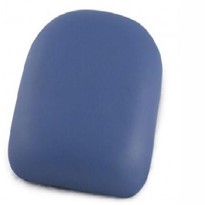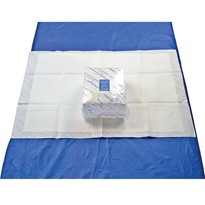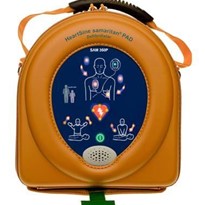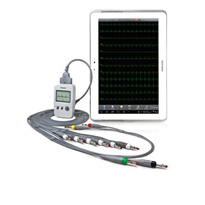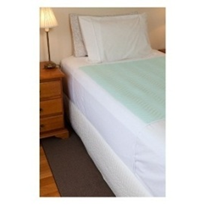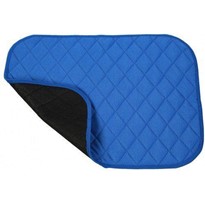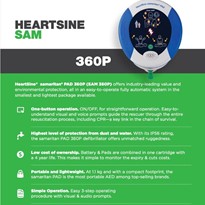USE DURING LASER THERAPY
Nonablative laser procedures
HydroAid may be used as a cooling hydrogel pad during procedures using lasers of various types (Q-switched, pulsation, half-conductory, KTP) with continuous-wave emission or with intense pulsed light-generating devices (IPL) with wavelengths of 400-1100 nm. In this wavelength range the absorption of laser energy by water contained in the skin and dermis is lower (hydrogel contains mainly water as well), making laser therapy possible for deep levels of tissue through a so-called 'optical therapeutic window'
Most of all HydroAid is used during non-ablative laser therapies such as: laser hair removal, tattoos, naevi, hyperpigmentation removal, flat vascular lesion and vascular spider vein pattern removal. The use of hydrogel in laser therapies moisturises the corneous layer of the epidermis very well by preventing dispersal of the laser beam and its reflection on the surface of the skin. The use of hydrogel during surgical laser procedures eliminates excess steam and smoke from coagulated tissues. During laser hair removal through hydrogel dressing, the laser head touches only the sterile hydrogel layers, thanks to which it is kept clean, no tissues or hair remnants collect on its surface, which subsequently exerts a positive influence on the procedure's hygiene, quality and safety.
Laser ablation procedures
Laser ablation procedures, due to the great volume of energy transmitted to tissues, may cause undesirable complications such as erythema, oedema, hyperpigmentation, hypertrophy scars, and increased skin sensitivity.
Using HydroAid dressing, which, thanks to its great heat-absorbing capacity, cools the area subjected to therapy, the painfulness of the procedure itself and the risk of burns or other skin injuries occurrence are minimalised. The dressing produces a pleasant, soothing feeling, making the procedure itself comfortable for the patient.
The hydrogel pad not only ensures appropriate thermal balance but also moisture balance on the injured skin surface, which, in turn, accelerates epithelialization and tissue healing processes.
USE IN AESTHETIC MEDICINE
HydroAid pads may be used after microdermabrasion therapy, peeling, face lifting, and depigmentation therapy. Most of these procedures consist of chemical and mechanical epidermal desquamation which causes reddening of the areas subjected to the therapy, as well as occasional oedema and burning sensations.
The use of HydroAid after such procedures cools and moisturises the irritated tissues. Epidermal regeneration processes are accelerated, and the patient feels relief and the soothing effect of the hydrogel dressing.
USE IN PHLEBOLOGY
HyroAid may be applied in certain phlebology procedures, such as closure of veins using laser energy (EVLT) or steam (SVS).
Because such procedures result in increased temperatures in the tissues themseves, it is neccesary to use alleviating agents during or after the procedures. HydroAid is perfectly suitable for this.
To intensify the cooling and soothing effect before the start of the procedure, HydroAid dressings can be cooled in a refrigerator.
USE IN ULTRASONOGRAPHY
HydroAid may also be used as a substitute for ultrasound gel during special ultrasound examinations where the use of liquid gels is not possible. With sterile HydroAid products, it is possible to conduct examinations on open wounds, e.g. Doppler examinations of ulcers or examinations of third-degree burns, in order to determine the depth of necrosis. HydroAid is also used in regions where it is difficult to conduct local examinations (e.g. tendons, small join injuries, carpal tunnel syndrome, fontalle) or where the sterile and transparent coupling agent between the wound and the instrument head is necessary to improve the visibility of surface structures.
USE IN PLASTIC SURGERY
HydroAid dressings are used in plastic surgery mainly after invasive procedures on the skin as cooling, soothing and sterile dressings. The dressing may be used to protect wounds after surgical suturing and after laser liposuction procedures, while a mask-shaped dressing on the eyes may be used following blepharoplasty procedures (surgical procedures on the eyelids).
HydroAid dressing features absorption properties so that blood or exudate are absorbed into hydrogel. The dressing's exudate absorption capacity is 20ml per 100 square centimetres of wound surface. Its transparent structure enables observation of the area subjected to a procedure without removing the dressing.
Product Profile
HydroAid is a modern dressing in the form of a homogenous, transparent, mechanically resistant pad of hydrogel based on a special net of three polymers, including over of 90% water, 3mm thickness. Thanks to this unique structure HydroAid dressing has many exceptional properties.
HydroAid is applied as a cooling and alleviative hydrogel dressing to protect skin following laser ablation, aesthetic medical procedures, plastic surgery and phlebology. It supports the healing of injured tissues as well.
HydroAid may be used during non-ablative laser procedures as an elastic and transparent contact layer which cools and protects the epidermis from thermal injuries, thus improving the quality of the procedure and the patient's level of comfort.
HydroAid is useful as a coupling agent for ultrasound applications in cases of breached dermis or open wounds or when a sterile and transparent hydrogel cushion is necessary to improve visibility of examined tissue.


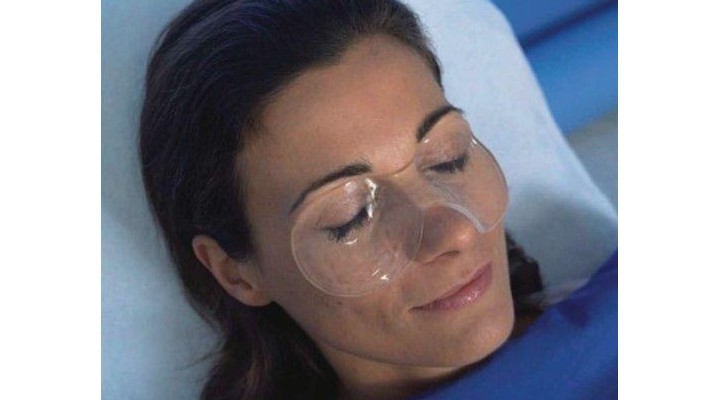
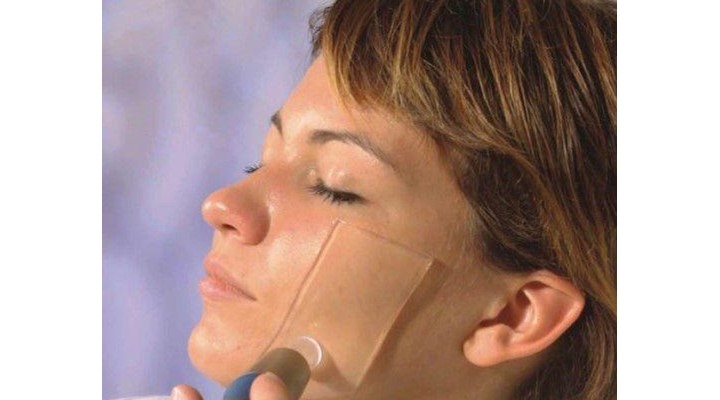
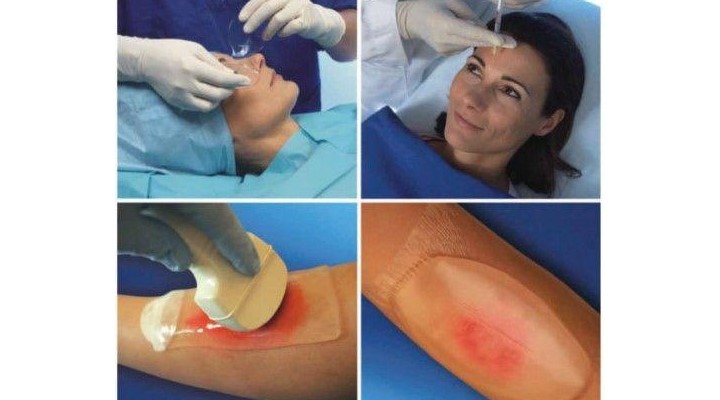
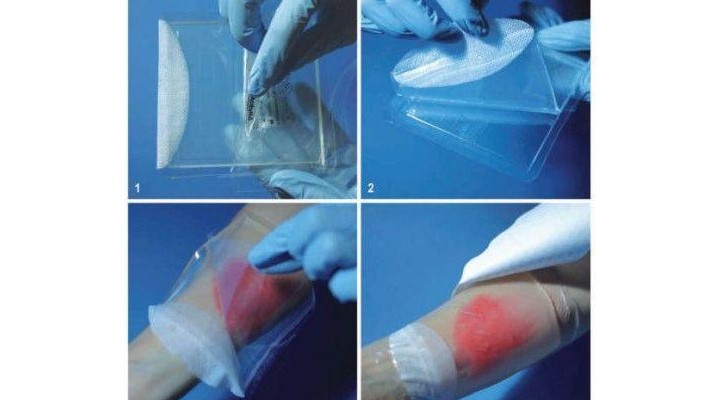
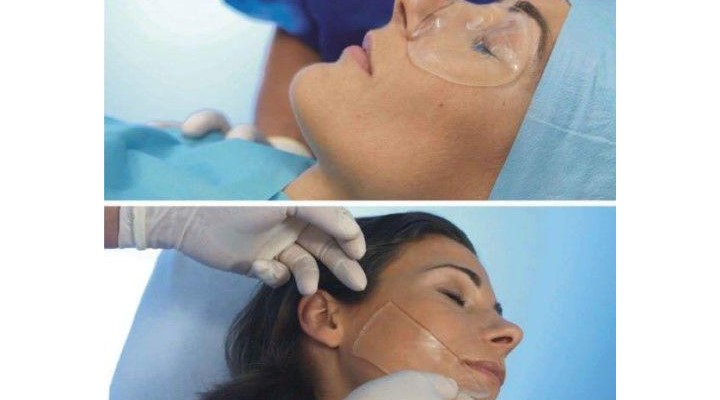












-160x160-state_article-rel-cat.png)





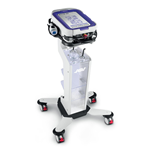

-205x205.jpg)

